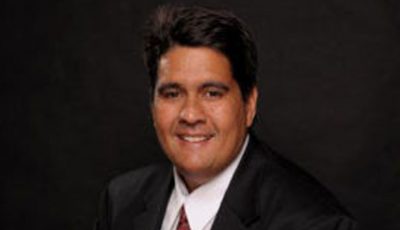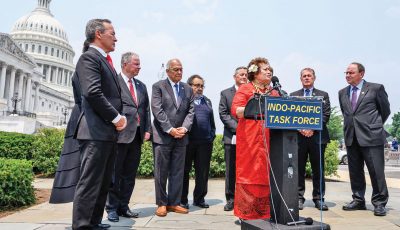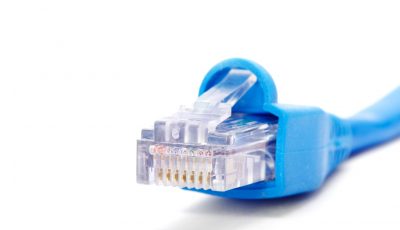The US Coast Guard
The ability of the United States to maintain its extended influence throughout the Pacific Asiatic region has been founded in part with how America has gone about establishing and growing economic and international alliances and relationships. U.S. interests throughout our vast area are considered of highest importance to the American national government and great efforts continue to be made to ensure that key geopolitical interests are protected. This one perspective and view of international politics necessitates the need for the United States to maintain an ever present and robust maritime protection and military offense/defense architecture.
Most people think that when it comes to protecting American ocean interests worldwide, it is the exclusive realm of the Marine Corps and Navy. This is not the case because the Coast Guard has also been and remains an integral part of America’s maritime security umbrella.
What is different about the Coast Guard is that it falls under America’s Homeland Security community and not the Pentagon during times of peace. During times of conflict, the Pentagon takes over and directs Coast Guard operations that complement and enhance Navy and Marine Corps-based operations.
Select points to consider
The Coast Guard is appropriately named because its focus has historically been associated with coastal operations throughout the North American continent, Alaska, and Hawaii. The Coast Guard is trained in many things to include rescuing people in distress, assisting with disaster and crisis response activities, engaging in offensive operations to help stem illegal acts such as drug smuggling, and providing expanded coverage and port security missions throughout the areas of its assigned responsibility.
Activities performed by Marianas Islands-based Coast Guard personnel further demonstrate America’s ongoing commitment to the region. This is driven by the ongoing effort of the United States government to further militarize Guam, the Northern Marianas and Micronesia, in response to China’s military buildup.
One of three
Today, the Coast Guard is one of three primary United States national government organizations that are considered “sea service” oriented entities.
The Coast Guard continues to modernize its surface vessel inventories through the construction and replacement of fast cutter vessels. The Coast Guard has run into major challenges managing the expenses and containing costs for this shipbuilding program. The Navy has also been historically challenged with effectively managing its expenses when it comes to building capital surface ships and small surface ships for delivery to the fleet.
America’s sea services sign contracts with for-profit firms who build cutters and larger capital warships for the United States government. Most of these companies are publicly traded entities whose stocks are listed on major American exchanges. These large shipbuilding programs cost American taxpayers tens of billions of dollars over several years.
However, sea service surface vessel modernization constitutes only one piece of a much larger military and homeland security puzzle being undertaken by the United States government that also includes building out unmanned surface vessels and submarines that have state-of-the-art technology.
Significance of the U.S. Coast Guard in the Marianas Islands
The three new Coast Guard fast-cutter ships now homeported in the Marianas Islands are part of an effort to replace and deliver more effective and up-to-date resources that further enhance operational needs and requirements in our region.
The Coast Guard has been and remains an integral contributor toward exercising sea-based anti-access, area denial policies supported by America’s national leaders, and carried out mostly by the Navy.
The United States is doing all it can to both prevent and to prepare for war against China, Russia, and North Korea. For our Chamorro and Chamolinian civilization of the Marianas Islands, it underscores just how central a role our island chain has become with regards to its involvement and support of preparing and preventing war with China.
The importance of our ancient island chain to the American national government is underscored by the recent visit to the Marianas by the commandant of the Coast Guard.
The Coast Guard boosts a strong local presence of several hundred personnel currently working or stationed throughout our Marianas Islands chain. The people working for the Coast Guard are dedicated professionals who create value by being on station every day performing their assigned work duties.
The governments of Guam and the CNMI, along with the Coast Guard and the Navy, help ensure that nearshore areas are protected in a variety of ways.
China, however, is on top of its Coast Guard game
China maintains a unified Coast Guard apparatus that is composed of several previously disparate parts that conduct surveillance and maritime-related enforcement activities in direct support of the Chinese military.
The role of the Chinese Coast Guard as a supporting entity to the Chinese government and Navy is similar in some ways to the supporting role that the American Coast Guard plays from the American governmental perspective in our region.
Strategically, China has figured out that it is more cost-effective and less visible to potential adversaries to grow its fleet of Coast Guard vessels because they are generally smaller, less expensive, and less threatening than deploying large military capital ships.
China’s fleet of Coast Guard vessels act as auxiliary resources that can travel far distances and can perform a variety of missions in direct support of larger military vessel mission sets. Coast Guard vessels are also relatively easier to build and replace as individual boats approach their useful lives.
Three fast-attack cutters are not enough
Having three American Coast Guard vessels in our region, however, is not a failsafe strategy because the western Pacific, the Marianas Islands and the greater Micronesian region is too large an area for three ships to adequately cover.
If the United States wants to further enhance Coast Guard mission sets and credibility in and throughout our Marianas Islands chain and beyond, it will need many more fast cutters assigned to our area and it will need to build closer working relationships with the Japanese and Republic of the Philippines Coast Guards in the future.



























